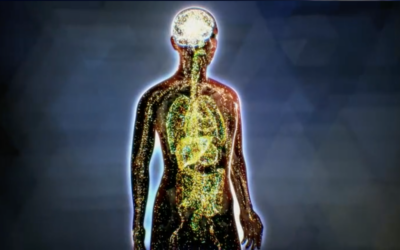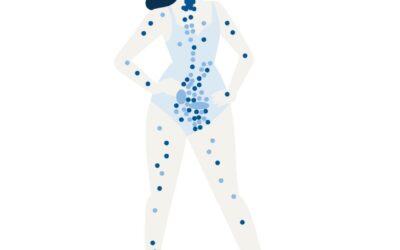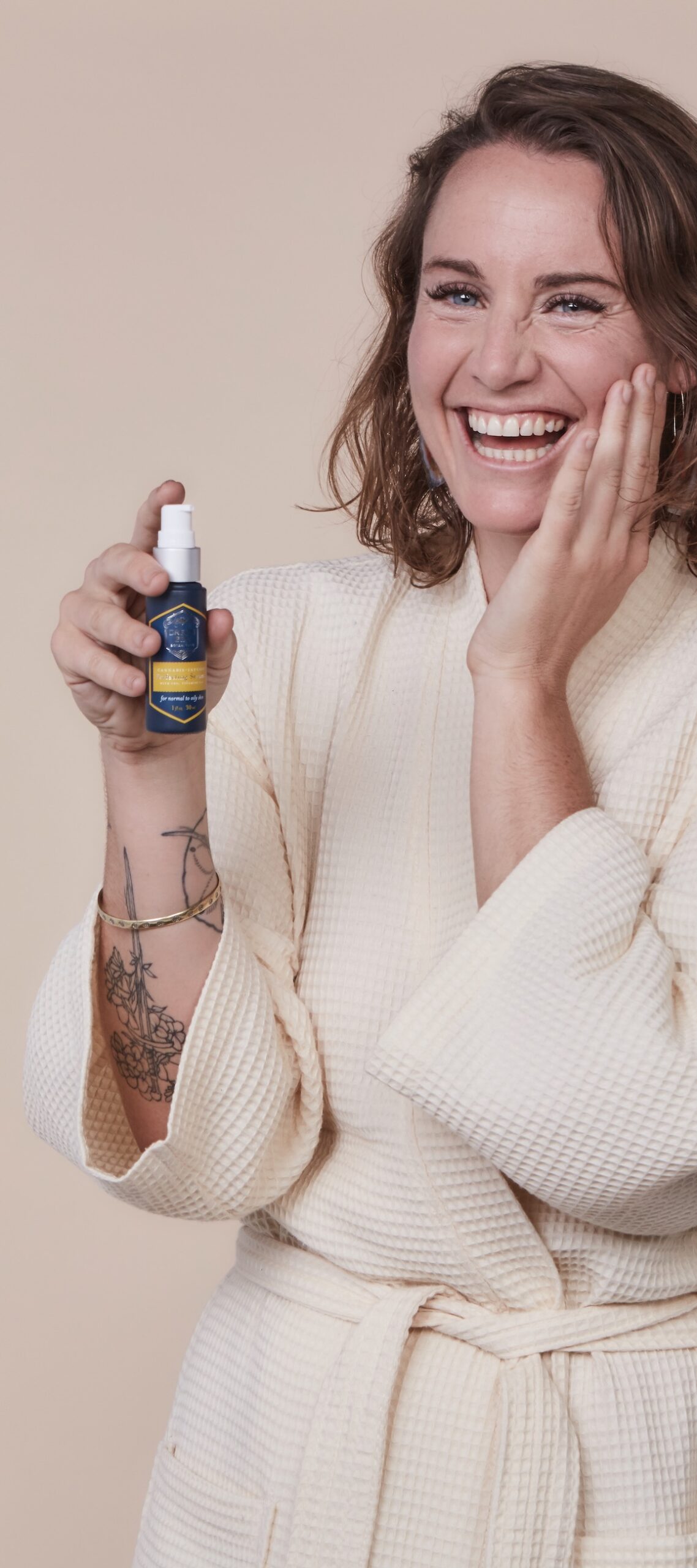Cannabis Sativa is a plant that we call cannabis, or marijuana. Hemp is actually the exact same plant. Within that plant, the flowers secrete oils, that are rich in the active compounds of what we think of as cannabis. Two of the most well known molecules are THC, is the “high” molecule, and CBD, the “healing” molecule.
Because THC is psychoactive, plants with higher concentrations of THC are considered to be cannabis, and plants bred to have lower levels of THC are called typically called hemp plants. Since cannabis is federally illegal, but hemp is not, causes some weirdness, where cannabis is regulated on a state level, and hemp is regulated by the FDA and the Farm Bill. But biologically, it’s the same plant, the only difference is the how it’s categorized on paper.
What are cannabinoids?
Cannabinoids are molecules from the cannabis plant. They’re the active ingredients and what we think of when we think of cannabis – CBD and THC being the two most famous ones. Our bodies generate what are called endocannabinoids (endo meaning inside in medical terms and Greek), so plant-derived cannabinoids, are called phytocannabinoids (phyto meaning plant in Greek).
There are receptors all over our bodies for cannabinoids. So those receptors react to to the cannabinoid receptors that are part of our endocannabinoid system. While THC is the principal psychoactive component of cannabis and has certain medical uses, CBD is equally powerful.
THC and CBD are complementary to one another, and maintain balance in the skin when used together. That means they work best together. However, different skin types may benefit from varying concentrations of the two cannabinoids.
Let’s take a closer look at what THC and CBD can do for your skin, specifically.
What THC is, and how it works on your skin
THC (tetrahydrocannabinol) is a cannabis molecule that reacts to your body’s endocannabinoid system. It gets you high, soothes pain, and a multitude of other things.
On the skin, THC works to encourages oil production by activating CB1 and CB2 receptors in the sebaceous glands, meaning it regulates how oily or dry your skin is. It has also been scientifically shown to have anti-inflammatory, analgesic (pain numbing), and anti-itch properties. THC is also one of nature’s most powerful antioxidants.
It’s an excellent cannabinoid for inflamed, itchy, dry, or red skin and replenishes moisture by encouraging oil production. THC when used topically on the skin helps combat oxidation caused by environmental pollution and stress. Additionally, it’s great for anti-aging — especially combined with CBD.
How CBD Works on Your Skin
Cannabidiol (CBD) is one of many cannabinoid molecules produced by the cannabis plant.
CBD is non-intoxicating and has a broad range of potential wellness and medical healing applications when used internally – including helping with anxiety, inflammation, pain, and even seizures. CBD is an attractive therapeutic compound. CBD doesn’t get you high, and the reason you can buy CBD products at your grocery store, is because CBD can be derived from hemp plants.
When used on the skin, reverse to how THC works, CBD blocks the CB1 and CB2 receptors on the skin. This causes the skin to produce less oil, which can be helpful if your face tends to be oily.
Because CBD can help to stem the overproduction of oil, it may help some people who experience breakouts or acne due to excess oily skin sebum.
CBD has also been found to be effective and safe not only for inflammatory skin issues, but also for encouraging scar tissue to heal.
Other cannabinoids
Beyond the two famous major cannabinoids, there are also many minor cannabinoids. We’re most excited by CBG for it’s skin therapeutic value, but there’s also THCA, THCV, CBN etc. etc. There are over a hundred cannabinoids, and the science is barely scratching the surface.
What is the entourage effect?
The best available science makes clear that combined cannabinoids (eg, CBD+THC) are quantifiably superior to single compounds (CBD alone). Even small doses of THC combined with CBD can improve the efficacy of how it works. That means more effective pain relief and stronger anti-inflammatory and antioxidant benefits when cannabinoids are together than when they’re apart.
Add in the other active ingredients like terpenes and flavonoids from the cannabis plant and you get the “entourage effect” — where the sum is greater than it’s parts. All the ingredients come together and enhance each other. We like to call it the “ensemble effect” because each compound is equally important and they each enhance the therapeutic effects of the others.





0 Comments